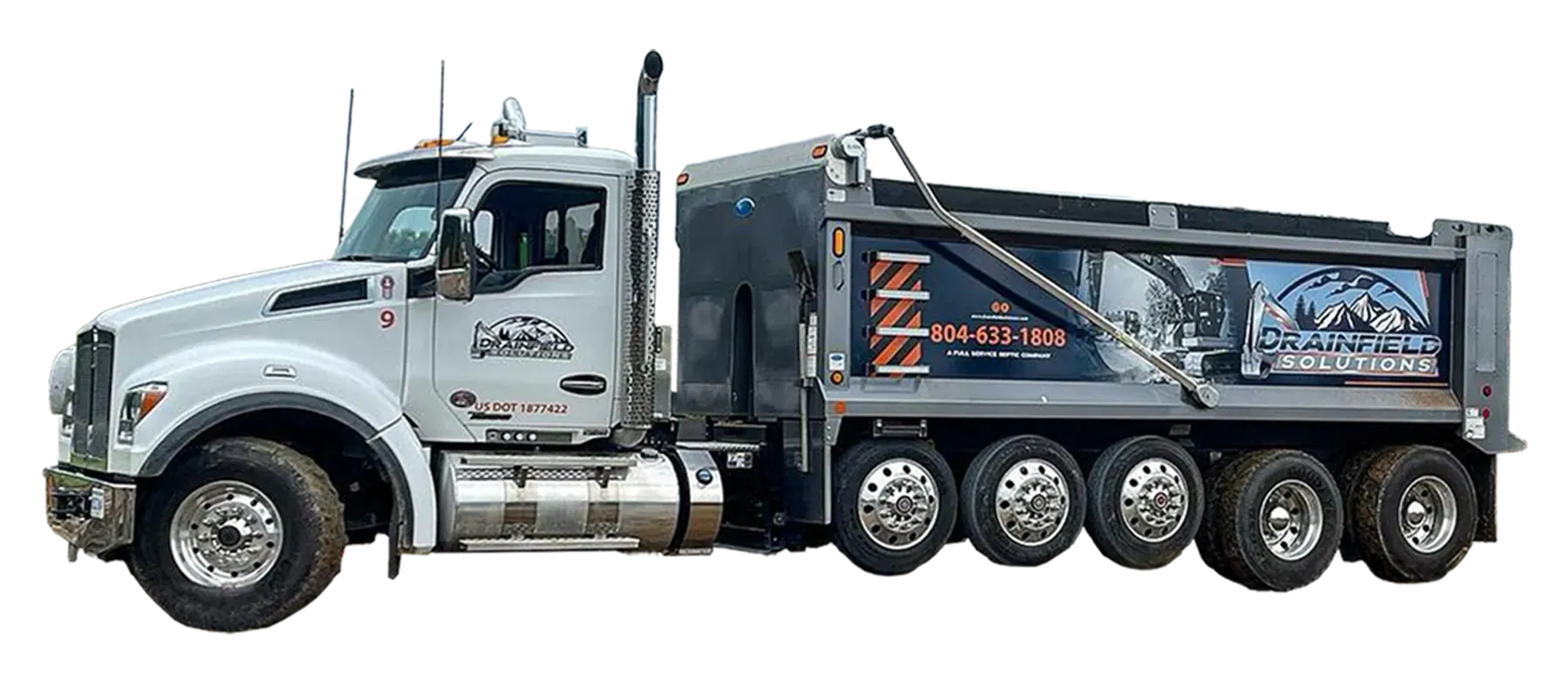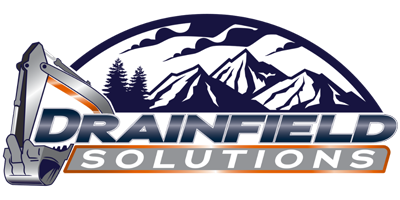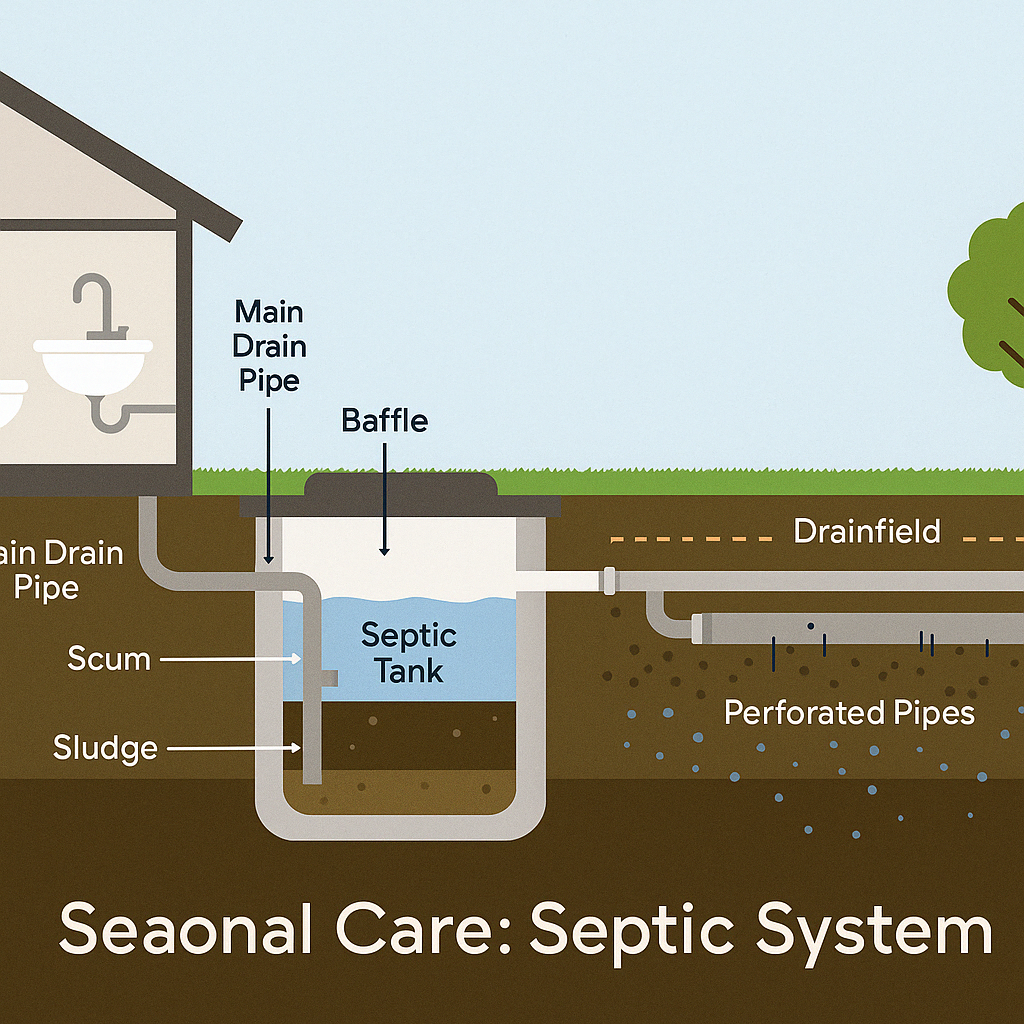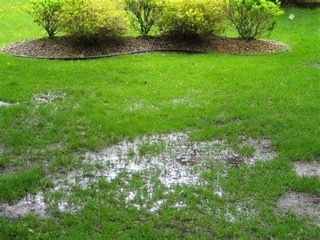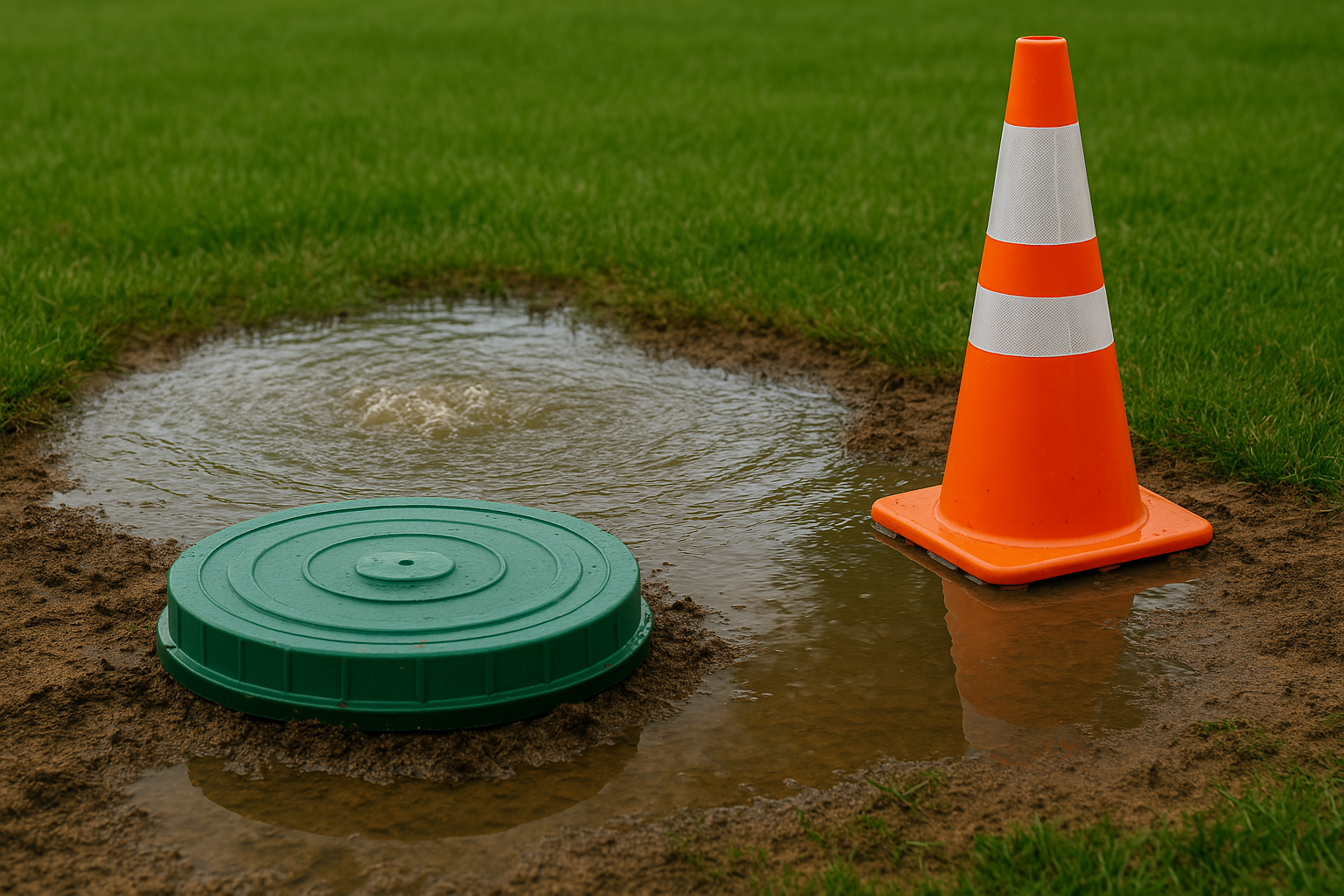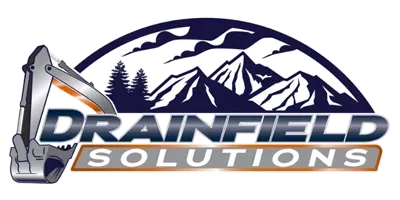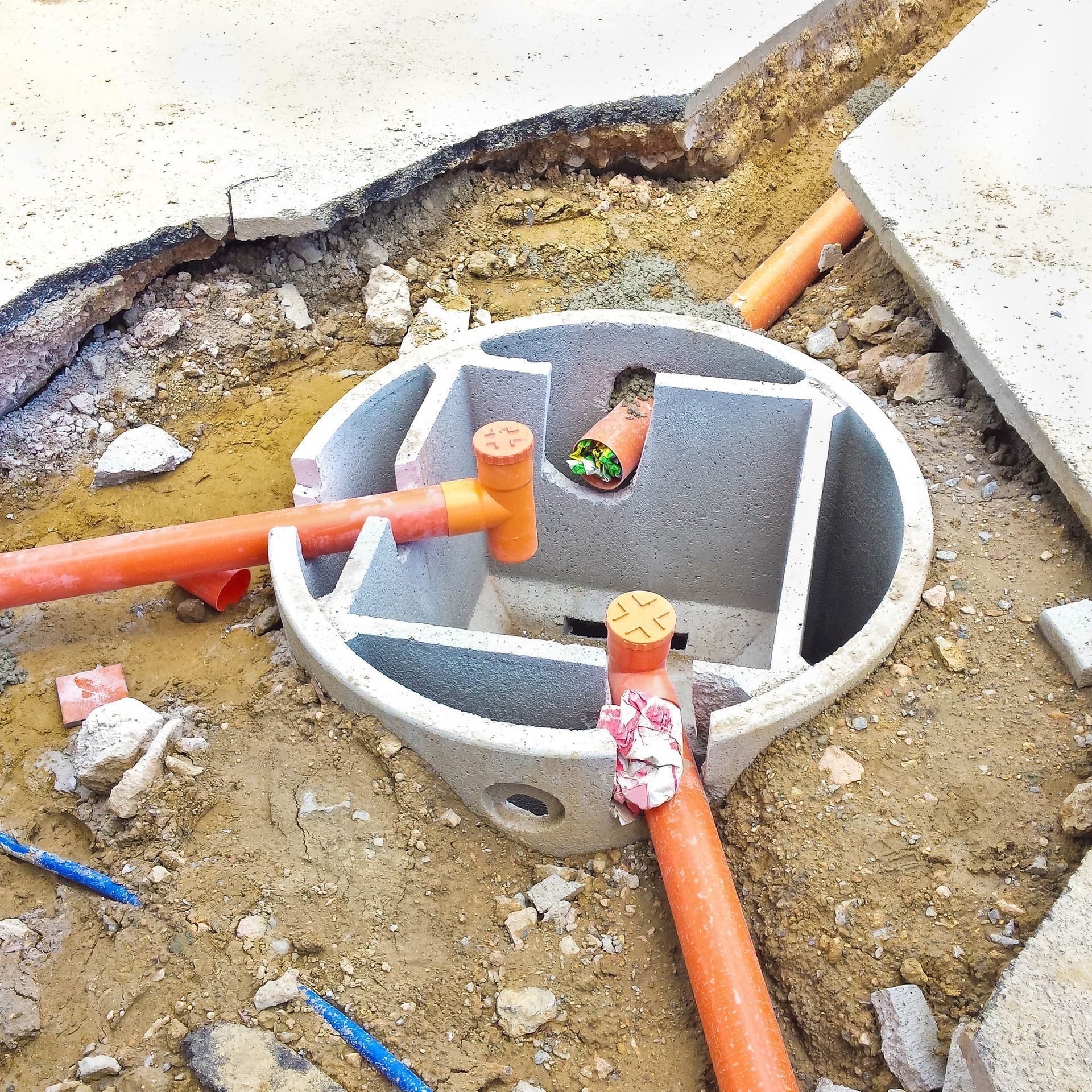
6 Common Causes of Drainfield Failure and 4 Ways to Address Them
January 17, 2025
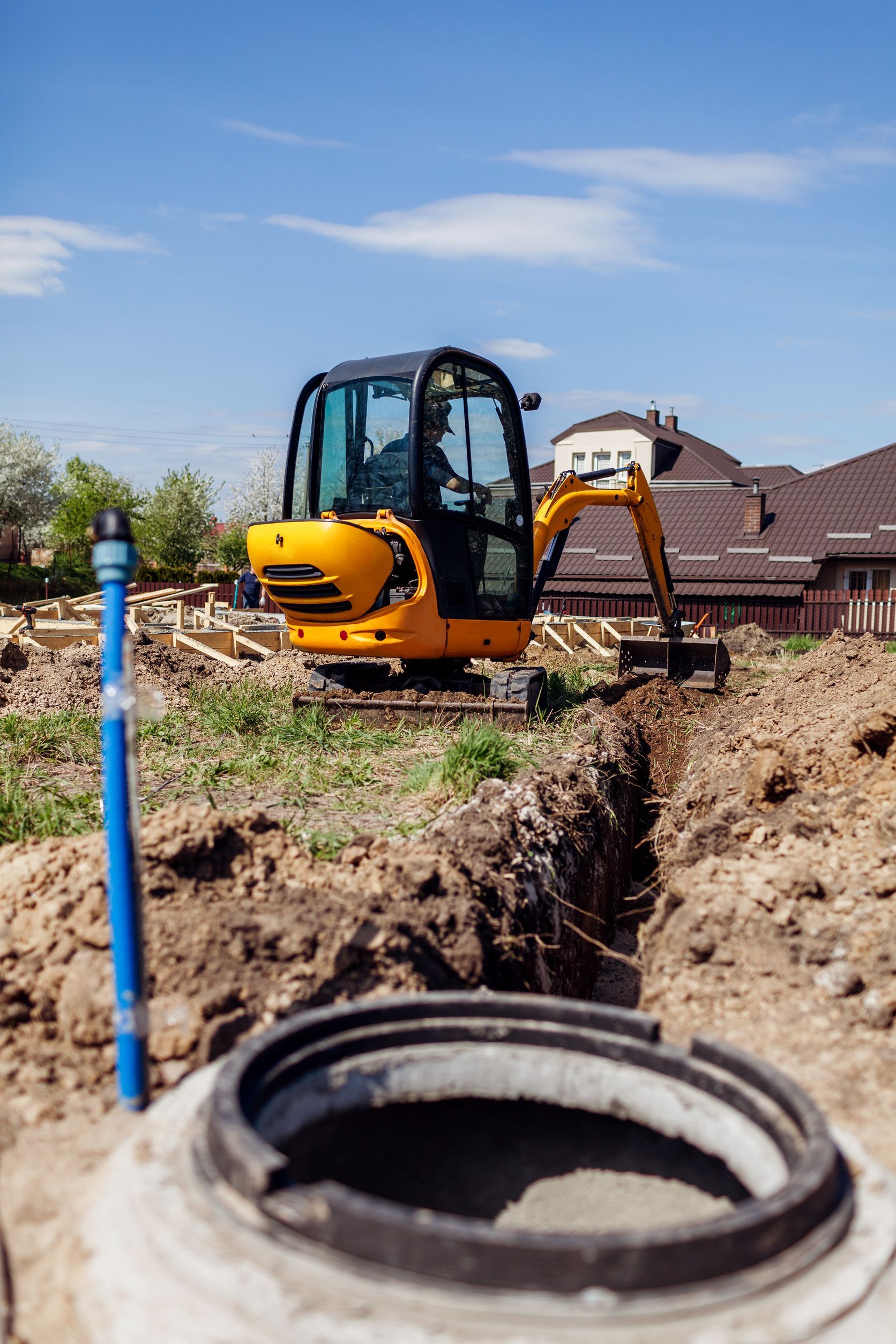
A failing drainfield can turn even the most idyllic property into a homeowner’s nightmare. Often unnoticed until it’s too late, the septic system's drainfield is a critical component of waste management. Proper maintenance can save you from expensive repairs, but even the best-kept systems can experience issues over time.
This blog dives into the common causes of drainfield failure, how to identify early warning signs, and effective solutions such as septic drainfield repair and maintenance strategies. If you've been wondering how to keep your waste system in top condition—or fix it when it's failing—read on.
What is a Drainfield and Why is it Important?
First, let's define the drainfield and its role within your septic system. A drainfield—also known as a leach field—is the area where wastewater from your septic tank is treated and released back into the soil. The septic tank separates solids from liquids, and the drainfield disperses the treated liquid into the soil for further natural filtration.
When the drainfield fails, untreated wastewater can back up into your home or contaminate nearby soil and water sources, creating unsanitary and hazardous conditions.
Signs Your Drainfield is Failing
Identifying a failing drainfield early can save you from bigger issues later. Common signs of drainfield failure include:
- Standing water or puddles over the drainfield.
- Slow drainage in sinks, showers, and toilets.
- A foul odor near the septic tank or drainfield area.
- Unusually lush, green grass growing over the drainfield, indicating excess moisture.
- Sewage backups in your plumbing fixtures.
If you notice any of these indicators, it’s time to investigate further and address the issue as soon as possible.
Common Causes of Drainfield Failure
1. Clogged or Oversaturated Soil
The soil in the drainfield plays a key role in filtering out harmful bacteria and contaminants. Over time, soil can become clogged with grease, soap scum, and other substances, rendering it unable to absorb and treat wastewater effectively. Heavy rainfall or excessive water usage can also oversaturate the soil, preventing proper drainage.
Solution: Septic drainfield repair, which may include soil aeration or replacing the clogged soil layers, can restore proper function. Reducing water usage during periods of heavy rainfall can also mitigate oversaturation.
2. Improper Septic System Maintenance
Neglecting regular septic tank pumping and inspections is one of the primary causes of drainfield failure. When the septic tank becomes full, solid waste can overflow into the drainfield, leading to clogs and overburdened soil.
Solution: Schedule regular pumping for your septic tank based on household size and usage (usually every 3-5 years). Professional inspections ensure your system is functioning optimally and reduces the risk of drainfield failure.
3. Tree Root Intrusion
Tree roots are naturally drawn to sources of water, and your drainfield can be an inviting target. Over time, roots can infiltrate and damage drain pipes, causing blockages and leaks.
Solution: Keep trees and shrubs a safe distance from your septic system. For existing issues, professional septic tank drainfield repair services can remove root obstructions and repair damaged pipes.
4. Compacted Soil
Driving or parking heavy machinery on your drainfield can compact the soil, reducing its ability to absorb and filter wastewater. Compacted soil creates anaerobic conditions, where oxygen necessary for bacterial activity is limited, further impairing filtration.
Solution: Keep vehicles and heavy equipment off the drainfield. If the soil is compacted, professionals can loosen or replace it to restore proper drainage.
5. Aged Systems
Even the best septic systems have a limited lifespan. Most components, including drainfields, typically last about 20-30 years.
Over time, the natural wear and tear of the system can lead to failures.
Solution: Regular inspections can extend your drainfield’s lifespan, but if your system is decades old and failing, a replacement
may be your best option.
6. Improper System Design or Installation
A system that’s poorly designed or incorrectly installed is much more susceptible to failure. Drainfields that are too small for household water usage or installed in areas with poor soil quality can show signs of trouble almost immediately.
Solution: Ensure a licensed professional installs or repairs your septic system. If you’re repairing an existing design flaw, a septic drainfield repair specialist can assess and optimize the system for better performance.
How to Address Drainfield Failures
1. Hire a Professional for Septic Drainfield Repair
Drainfield issues are rarely DIY-friendly. A professional repair service assesses the root cause of the failure, whether it's clogged pipes, soil compaction, or tree root intrusion, and implements the most effective solution.
2. Consider Adding an Alternative Drainfield
If your current drainfield is beyond repair, an alternative drainfield can be installed. Options include raised mound systems or chamber systems, which allow wastewater to filter properly even in areas with poor soil conditions.
3. Improve Drainage with a Drainfield Riser
A drainfield riser improves access to your system and simplifies maintenance. By raising access points to the surface, you can perform routine maintenance more effectively and prevent further damage.
4. Invest in Preventative Measures
Once repairs are completed, you can minimize future risks with the following proactive steps:
- Avoid pouring oils and fats down your drains.
- Conserve water to prevent overloading the system.
- Schedule regular inspections and septic tank pump-outs.
- Use environmentally friendly cleaning products that won’t disrupt the bacterial balance within your system.
How Much Does Septic Drainfield Repair Cost?
The cost of septic drainfield repair can vary depending on the severity of the problem and the type of repair needed.
Minor fixes such as unclogging pipes cost less, while more extensive repairs involving soil replacement or system redesign may require a higher investment. Generally, drainfield repair costs can range from $2,000 to $10,000 or more.
Regular maintenance is the best way to avoid costly repairs down the line. Compare quotes from licensed professionals, and choose someone who specializes in septic system repair for your peace of mind.
Choose Experts You Can Trust
When it comes to maintaining and repairing your septic system, cutting corners is not an option. Professional septic tank drainfield repair not only restores your system’s functionality but also safeguards your property’s health and value.
Regular professional maintenance, quick action on early warning signs, and mindful long-term care are the keys to keeping your drainfield working efficiently. If you’re experiencing issues or want to schedule an inspection, contact a septic repair specialist today.
Interested in upgrading your septic system or starting fresh?
Contact Drainfield Solutions for reliable septic tank solutions! Whether you’re building a residential home or managing a commercial property, we do it all!
Share Post
Latest Posts
Ready to Take the Next Step?
Whether you're in need of a system inspection or regular maintenance, Drainfield Solutions is here to help. Get in touch today for reliable service you can trust.
